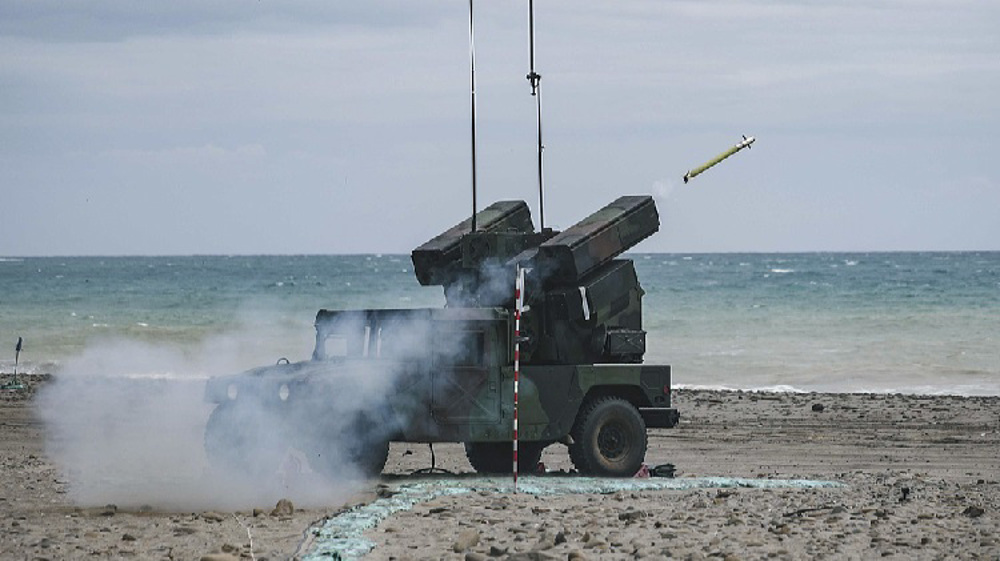Air pollution in China sparks red alerts in 10 cities
Chinese authorities have declared red alerts, the highest air pollution level, for 10 cities.
On Wednesday, officials from the Chinese Environmental Ministry issued a statement saying the 10 cities with red alerts include the northeastern city of Tianjin as well as the smaller surrounding cities of Puyang, Xinxiang, Dezhou, Handan, Xintai, Langfang, Hengshui, Xinji and Anyang.
According to the statement, they were among 30 cities including the capital Beijing, seeing "severe pollution." Another 20 cities were hit with "heavy pollution."
A red alert is the highest of a four-level alert system and when declared, means that the city will be shut down with schools closed and construction and other industrial work in the city being limited.
This level of alert is generally declared when poisonous particles readings reach 300 micrograms per cubic meter.
The latest red alerts for hazardous air pollution in China come after the country declared its second red alert for the capital, Beijing, over the weekend.
In recent years, China has seen extremely high levels of air pollution particularly in the northeast, the industrial heartland of the country.
Scientific studies attribute 1.4 million premature deaths per year to China’s smog, or almost 4,000 per day.
Coal-fired power plants, vehicle emissions, building construction and factory work are the main factors to blame for most of the pollution in China’s capital. The Chinese government is mulling over the reduction of hazardous emissions from coal-fired power plants by 50 percent over the next five years.
Over 60 percent of electricity in the country depends on coal. China is still in the process of shifting to nuclear, solar and wind power for energy.
VIDEO | Beirut’s southern suburbs targeted in 'heavy' Israeli strikes
Haaretz: Over 10,000 Israelis have migrated to Canada this year
VIDEO | Press TV's news headlines
Official: Iran to respond ‘decisively’ to any threat to its nuclear program
Nearly 70 Mossad-linked terrorists killed or captured in southeast Iran
What collapse of German coalition government means
Iran, Syria emphasize need to stop Israeli atrocities in Gaza, Lebanon
Clinton whisked away amid pro-Palestine protest at Belfast university















 This makes it easy to access the Press TV website
This makes it easy to access the Press TV website